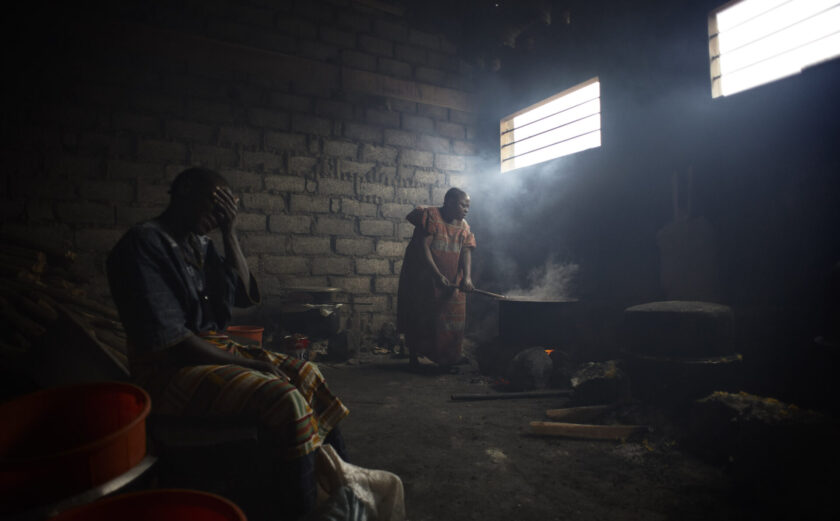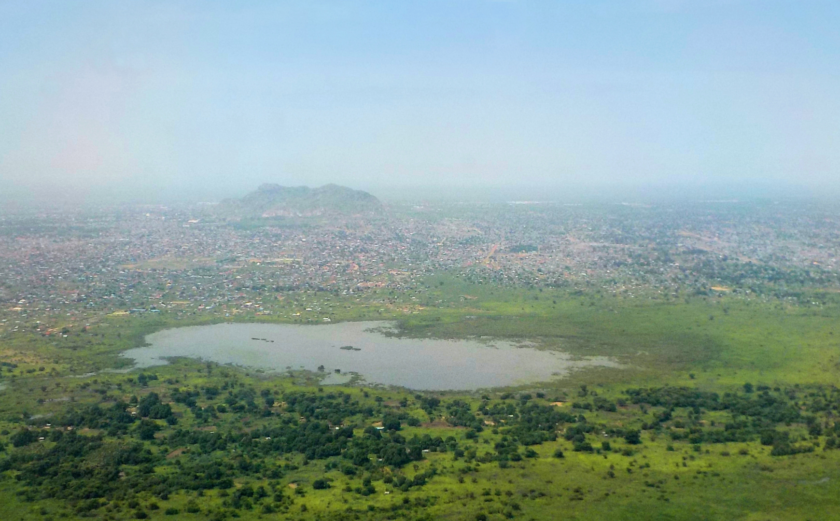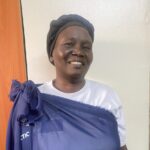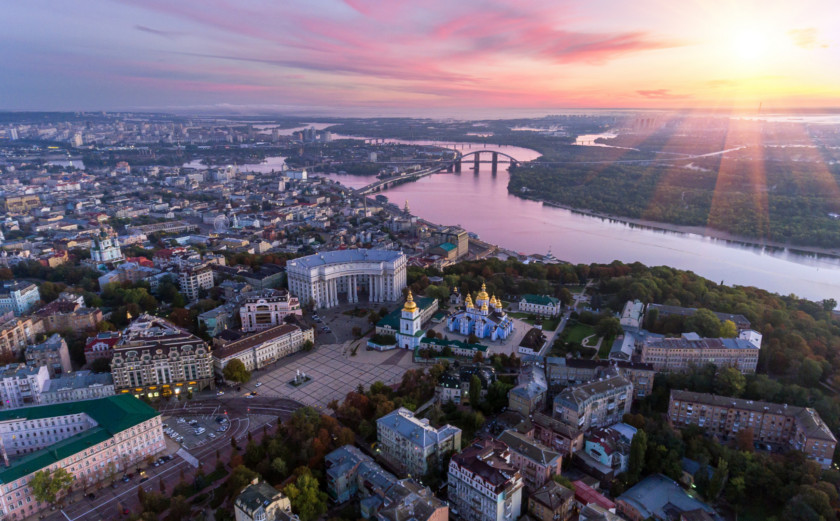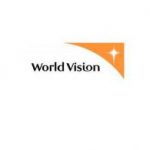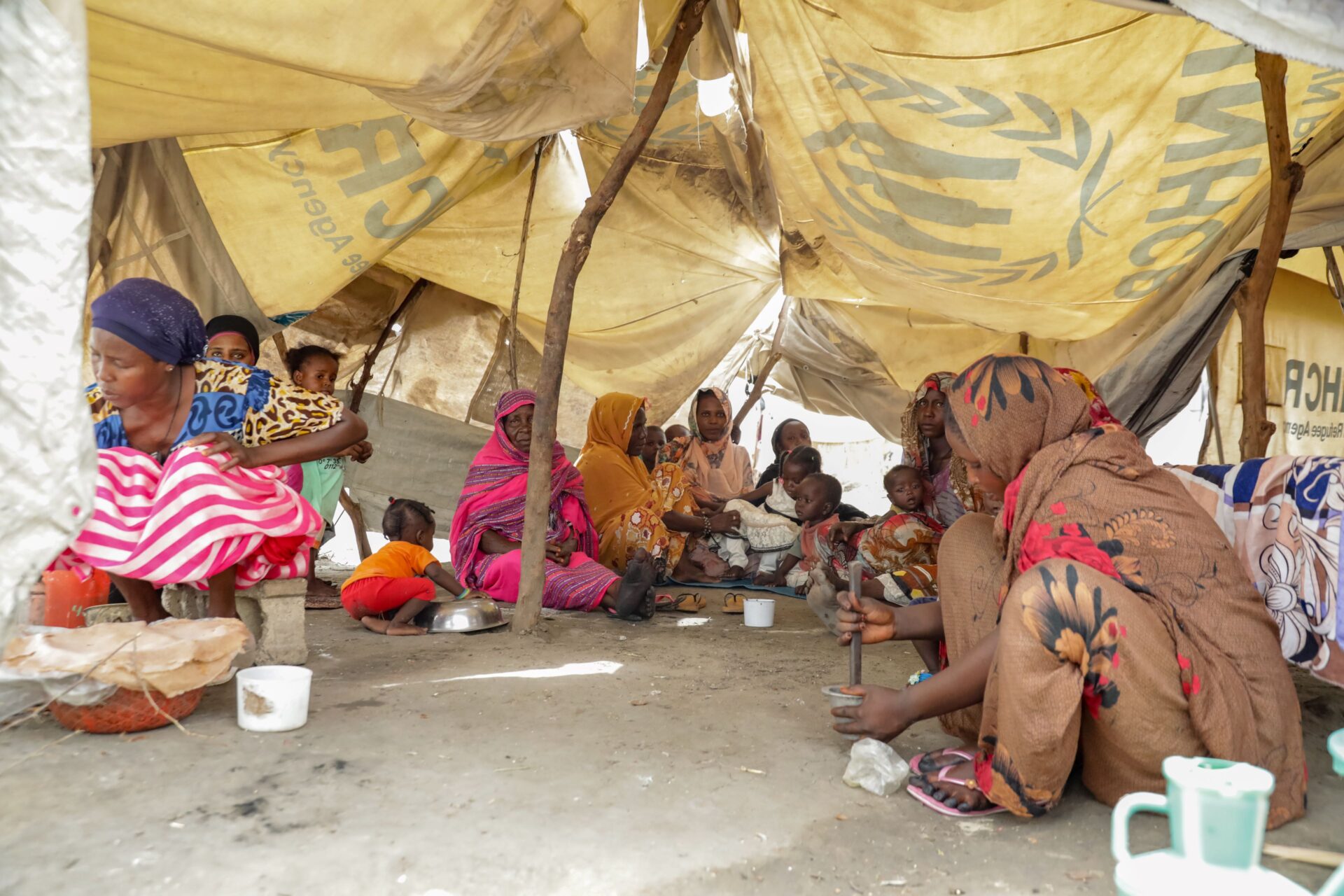
Community-Led Protection in Sudan
Civilians in many parts of Sudan already faced extreme risks of violence before the current conflict between the Sudanese Armed Forces and Rapid Support Forces broke out on April 15, 2023. The conflict has dramatically escalated existing risks and introduced new and widespread protection concerns, ranging from arbitrary detention to sexual violence.
Local community groups and organizations have led the protection response, working to support vulnerable communities and prevent violations of international humanitarian law (IHL) against civilians.
The capacity of communities to work together to keep each other safe can be seen through Women’s Protection Teams (WPTs), supported by Nonviolent Peaceforce, operating in North Darfur. WPTs are comprised of female residents trained to identify the most important protection risks they and their communities face and develop local responses to reduce or resolve those protection risks.
“We can reach out to all people and people know where to find us 24/7,” explained Ishrava, who has been a member since the groups were organized. “We are trained in providing survivor-focused support and connecting community members to follow up services, such as medical, psychological, and legal support—although this is extremely difficult at the moment.”
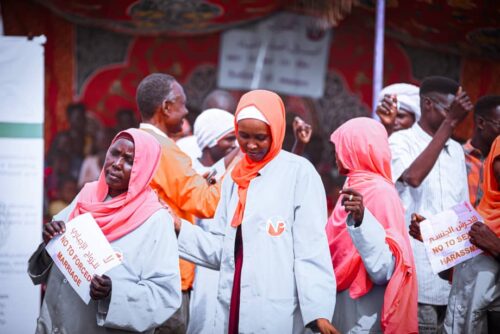
The WPTs also encourage simple approaches to preventing violence, such as organizing women to collect firewood together to stay safe, helping families prepare themselves in case they need to flee from violence, and sharing early warnings about changing conflict dynamics with their communities.
“Last year, many IDPs came to Zamzam camp from Nyala and other places to escape the violence,” added Ishrava. “Our group provided psychological first aid, helped vulnerable families, and shared information on where they could safely set up their shelters or who to ask for help.”
Ishrava stated that what made her most proud was the group’s ability to support the community in resolving issues peacefully. Along with community elders and youth groups, the WPTs have been trained in nonviolent conflict resolution methodologies. The tools they have learned are used to prevent conflict with neighboring communities or to settle disputes between families.
Another local organization, NADA Elazhar, also continues to work tirelessly for the protection of community members in Sudan. While previous cycles of violence and displacement prepared the organization to respond to the current crisis, the breadth and scale of protection violations have been alarming over the last year because of widespread displacement and the failure of duty bearers to mitigate civilian harm.
As an organization, NADA’s protection mission has always been clear, but the conflict has reinforced the community’s capacity to protect itself through locally-led interventions. For example, NADA has developed community-led responses for child protection programming, particularly for family reunification services and mental health and psychosocial support. They have worked to ensure that program delivery is accompanied by awareness raising and consultations with community members, as well as engagement and training with local authorities and ministerial agencies. This has allowed for a child-centered protection response that is not only locally-led and sustainable, but also one that trains and equips local leaders and authorities to prioritize protection outcomes.
“We are doing our part, but ultimately protection is a process. These challenges and frustrations don’t upset us but fuel our determination,” reflects the founder of NADA.
Recommendations
In Sudan, local organizations are bearing the brunt of humanitarian response efforts with limited funding and additional risk. Nevertheless, the effectiveness of community-level civilian protection has been highlighted in this context. As such, we recommend the following:
- Donors invest in community-led protection mechanisms that address the daily risks faced by civilians throughout Sudan that will stay part of the social fabric well beyond the life of the humanitarian response.
- Humanitarian donors and implementers adopt contractual approaches that meaningfully encourage and support localized protection efforts alongside dedicated funding, technical support, and decision-making power directed at local humanitarian workers.
- Donors prioritize conflict-sensitive humanitarian response that upholds IHL, as well as standalone general protection programming to meet the needs of the ongoing protection crisis. In addition, protection outcomes should be integrated across other critical sectors, such as food security and water, sanitation, and hygiene (WASH) programming.
- Donors and humanitarian implementers prioritize and increase access and resourcing to mental health and psychosocial support services for those affected by violence, especially for additionally marginalized groups.
About the Authors
Megan Rodgers is U.S. Policy and Advocacy Manger for Nonviolent Peaceforce
Nic Pyatt is Head of Mission in Sudan, Nonviolent Peaceforce
Shaza Ahmed is Executive Director of NADA.
The views expressed in this article are the writers’ own.
—
For information regarding the blog series or InterAction’s Sudan Working Group, please reach out to Mais Balkhi at mbalkhi@interaction.org.
For media inquiries, please contact Mitch McQuate at mmcquate@interaction.org.


